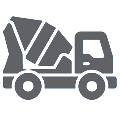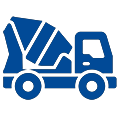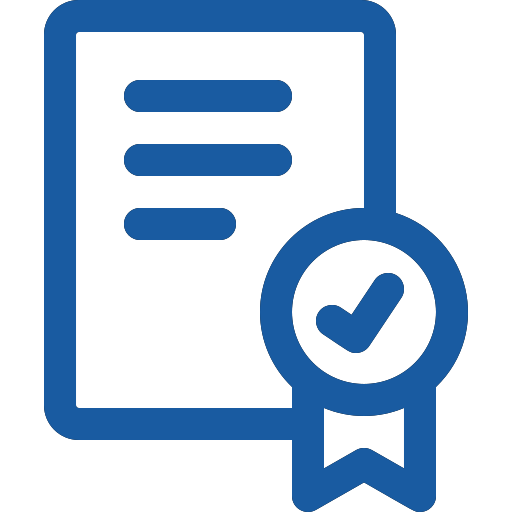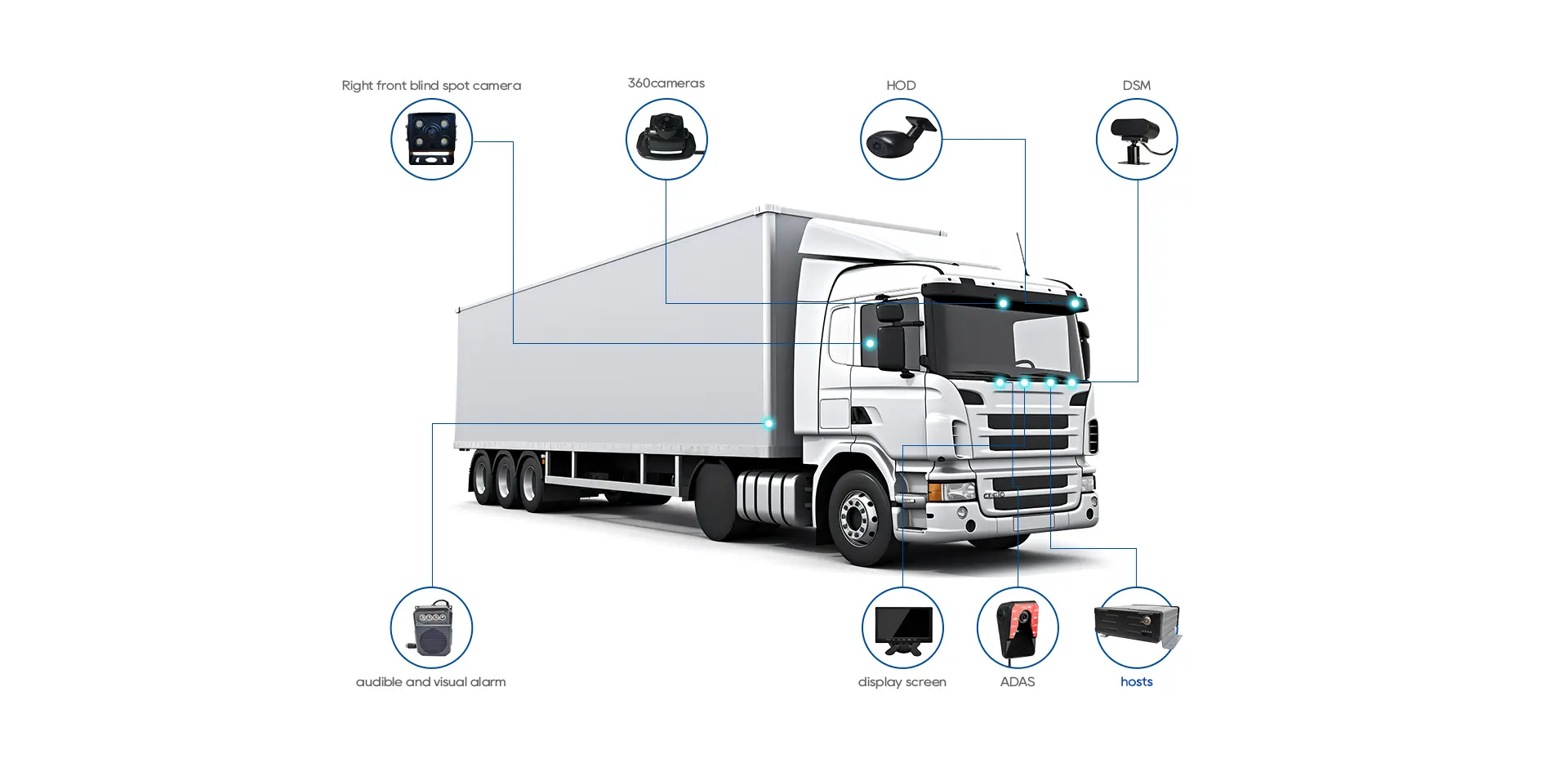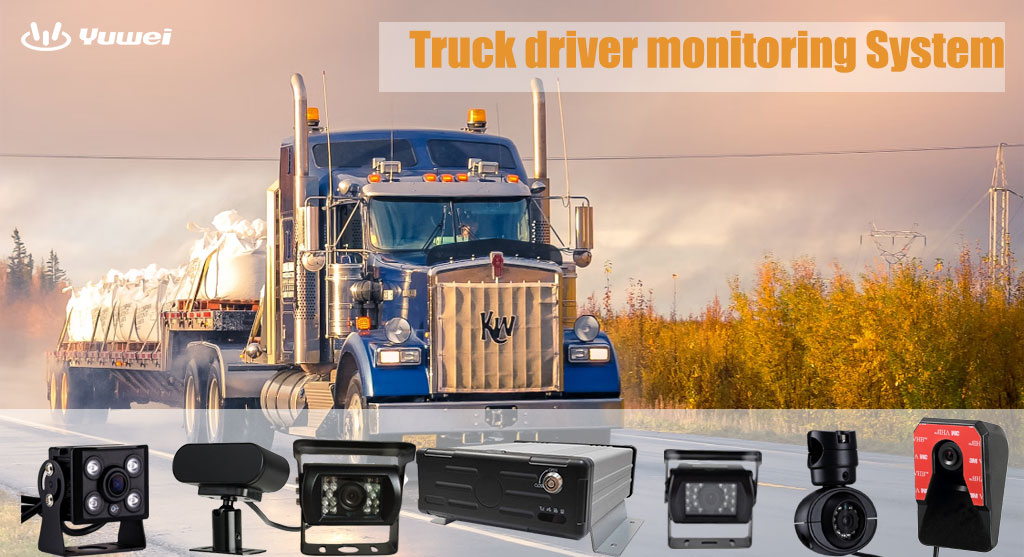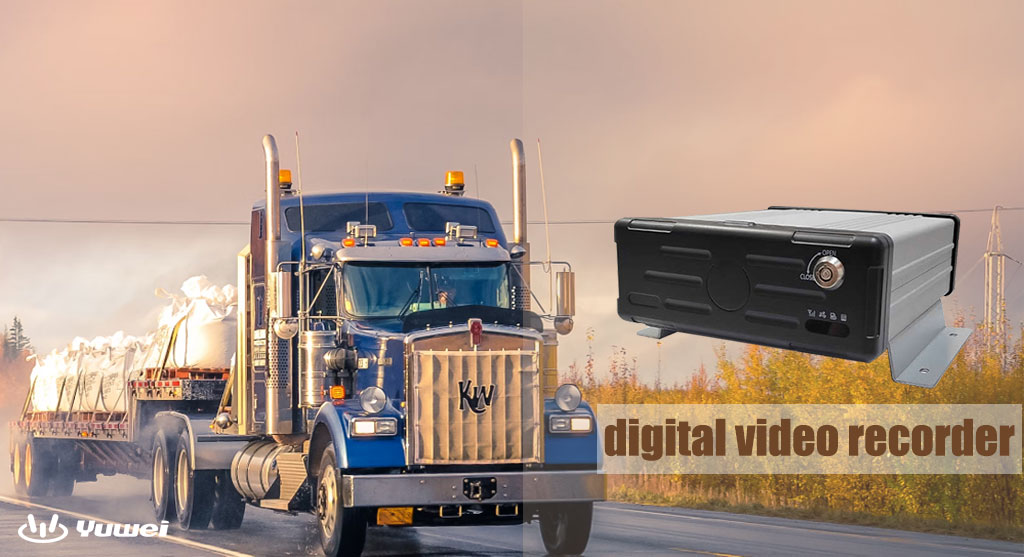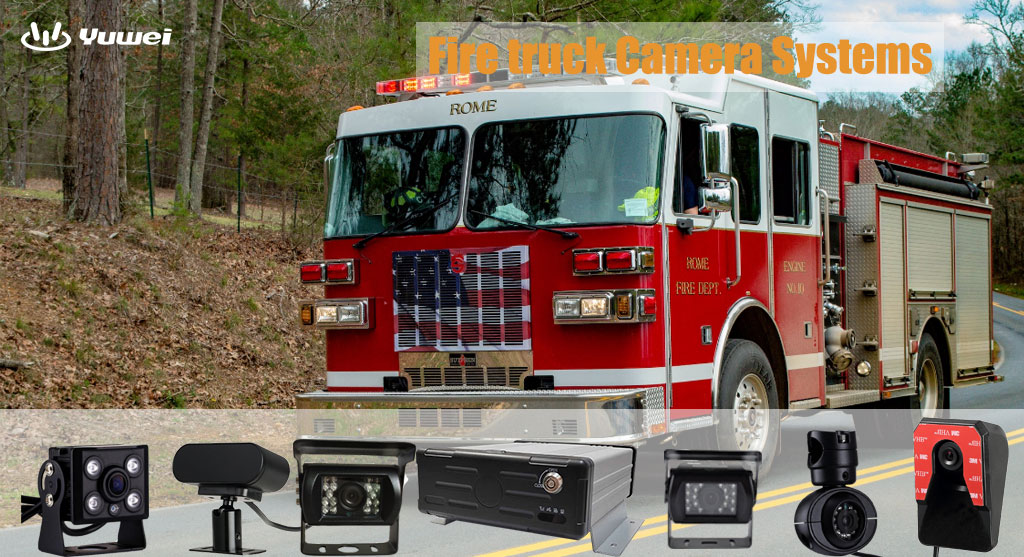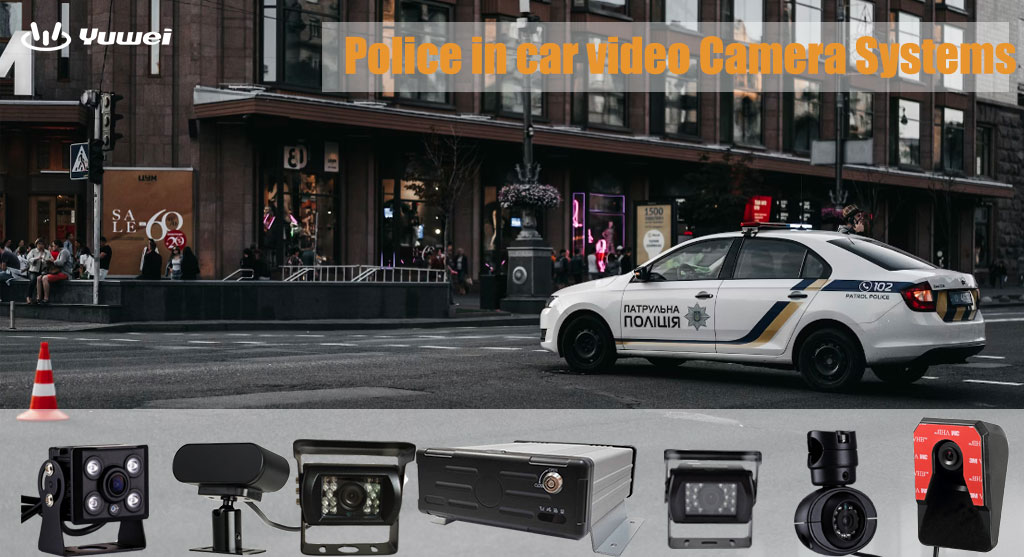Vehicle Telematics Systems
Vehicle Telematics Solution
Vehicle telematics systems combine telecommunications, GPS technology, and vehicle diagnostics to create intelligent transportation solutions. These systems collect, transmit, and analyze real-time data from vehicles, revolutionizing how we monitor and manage transportation across commercial and personal applications.

What Are Vehicle Telematics Systems?
Vehicle telematics systems integrate GPS receivers, cellular communication modules, and on-board diagnostic connections to continuously monitor vehicle location, performance, and driver behavior. The system gathers data from various vehicle components including the engine, transmission, and braking systems, then transmits this information through wireless networks to centralized platforms for analysis.
The core components include a telematics control unit (TCU), GPS tracking, cellular modems, and various sensors. This combination enables real-time monitoring of vehicle health, location tracking, and performance optimization.
Key Applications
Fleet Management: Commercial fleets use telematics to optimize routes, monitor driver behavior, and schedule maintenance. Real-time tracking enables dynamic route planning, reducing fuel costs and improving delivery efficiency. Driver behavior monitoring helps identify unsafe practices and reduce accident rates.
Safety and Security: Automatic crash detection systems alert emergency services instantly, while anti-theft features provide real-time tracking and remote vehicle immobilization. Geofencing capabilities send alerts when vehicles enter or exit predetermined areas.
Insurance Innovation: Usage-based insurance models leverage telematics data to create personalized premiums based on actual driving behavior rather than demographic factors. This approach often reduces costs for safe drivers while encouraging better driving habits.
Environmental Benefits: Route optimization and fuel efficiency monitoring help reduce emissions and fuel consumption. Fleet operators can identify underperforming vehicles and optimize their operations for better environmental impact.
Technology Integration
Modern telematics systems incorporate artificial intelligence and machine learning to predict maintenance needs and continuously improve route optimization. Integration with smart city infrastructure enables vehicle-to-infrastructure communication, supporting the development of autonomous vehicle technologies and smart transportation networks.
The rollout of 5G networks promises enhanced capabilities with improved bandwidth and reduced latency, enabling more sophisticated real-time applications.
Conclusion
Vehicle telematics systems have transformed transportation by providing unprecedented visibility into vehicle operations and driver behavior. From enhancing safety and optimizing efficiency to reducing environmental impact, these systems offer substantial benefits across all transportation sectors.
As technology advances and connectivity improves, vehicle telematics will continue expanding its capabilities, serving as the foundation for connected, autonomous, and sustainable mobility solutions. Organizations embracing these technologies will be better positioned to benefit from the ongoing digital transformation of transportation.
Email:hello@yuweitek.com





















